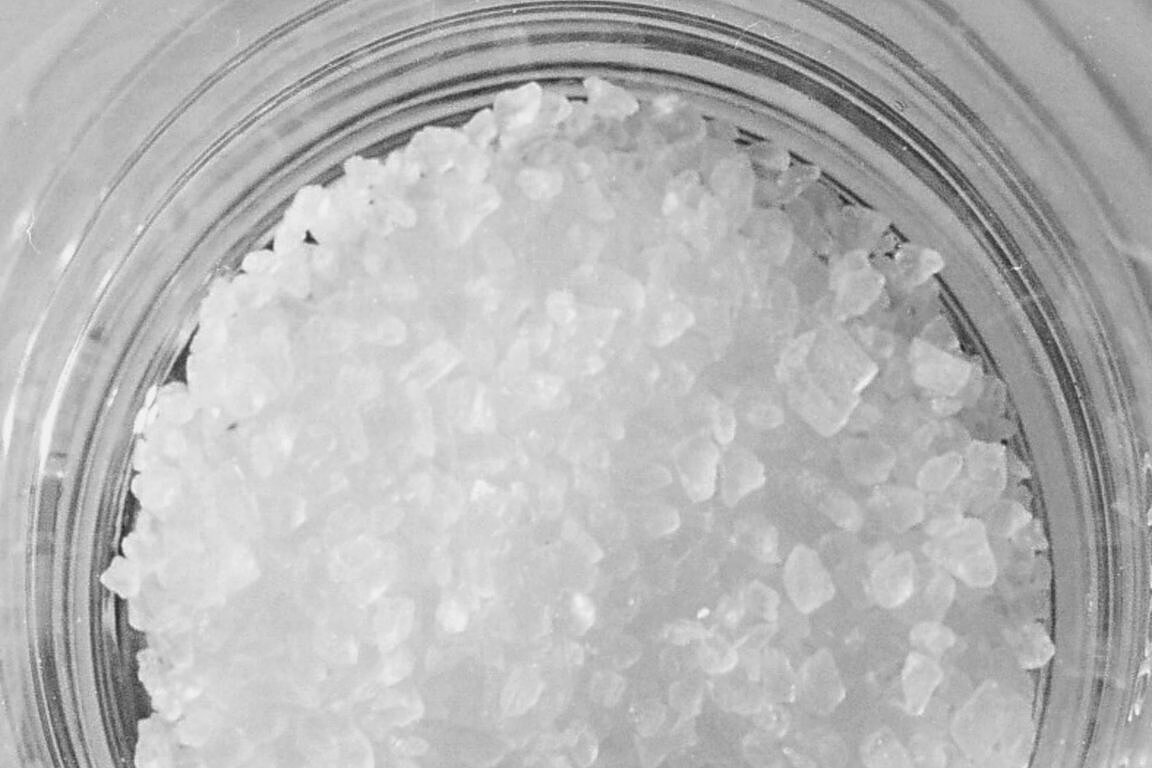Sodium phosphate

What is sodium phosphate?
Sodium phosphate is a collective term for a group of salts consisting of sodium and phosphate ions. These chemical compounds are ubiquitous in many areas of industry and food processing, including as emulsifiers, stabilizers and in cleaning agents. In food, sodium phosphate is used to improve texture, regulate pH and extend shelf life.
Properties and applications
Thanks to its versatile properties, sodium phosphate is widely used. In the food industry, it helps to keep products such as sausages and cheese at the desired consistency. In medicine, it is used as a laxative and to prevent kidney stones. Sodium phosphate also plays a role in cleaning products by softening water and thus increasing its cleaning power.
Benefits of sodium phosphate for dogs
Nutritional management
In controlled amounts, sodium phosphate in dog nutrition can help regulate mineral balance and support healthy bone structure. Phosphate plays a key role in energy metabolism and is crucial for the formation of bones and teeth.
Disadvantages and risks
Health risks
Probably the biggest disadvantage of sodium phosphate in relation to dogs is the risk of overdosing. A high intake of phosphates can lead to serious health problems, including kidney problems, diarrhea and, in severe cases, hyperphosphatemia, which disrupts the balance of minerals in the body and can lead to further complications.
Lack of research
Similar to many additives in pet foods and products used in the home, research on the specific effects of sodium phosphate on dogs is limited. This gap in knowledge makes it difficult to determine exact guidelines for safe levels in dog diets.
While sodium phosphate is widely used in human industry and nutrition and has its benefits, its use in relation to dogs should be approached with caution. The potential health risks, especially if overdosed, are serious concerns that should alarm any dog owner. It is crucial to pay attention to the ingredients in dog food and products used in the home and ensure that harmful levels of sodium phosphate are not present. Ultimately, it is the responsibility of dog owners to create a safe and healthy environment for their pets by making informed choices and seeking alternatives to sodium phosphate-containing products where appropriate. The health and wellbeing of our four-legged friends should always be paramount.
If you notice any signs of hypersensitivity or poisoning in your dog, you should see your vet immediately. We are not a substitute for a vet, but we try to be as accurate as possible. Every dog reacts differently and we recommend you get a second opinion or consult your vet if in doubt.
Stay healthy and take good care of your four-legged friend!😊
Similar to Sodium phosphate
Sodium hexametaphosphate (SHMP for short) is a salt consisting of six phosphate groups bonded to a sodium atom. It is used in the food industry as an emulsifier, stabilizer, preservative or acidity...
Sodium diphosphate, also known as disodium hydrogen phosphate (Na2HPO4), is a sodium salt of phosphoric acid. It is often used as a food additive, serving as an emulsifier, stabilizer and texture...
What is sodium tripolyphosphate? Sodium tripolyphosphate (STPP for short) is a salt of polyphosphoric acid that is used in the food and cosmetics industry as a preservative, thickening and...
Potassium phosphate is a salt composed of potassium and phosphate ions. It is an important component in the diet that fulfills a number of functions in the body of both humans and dogs. In the body,...



